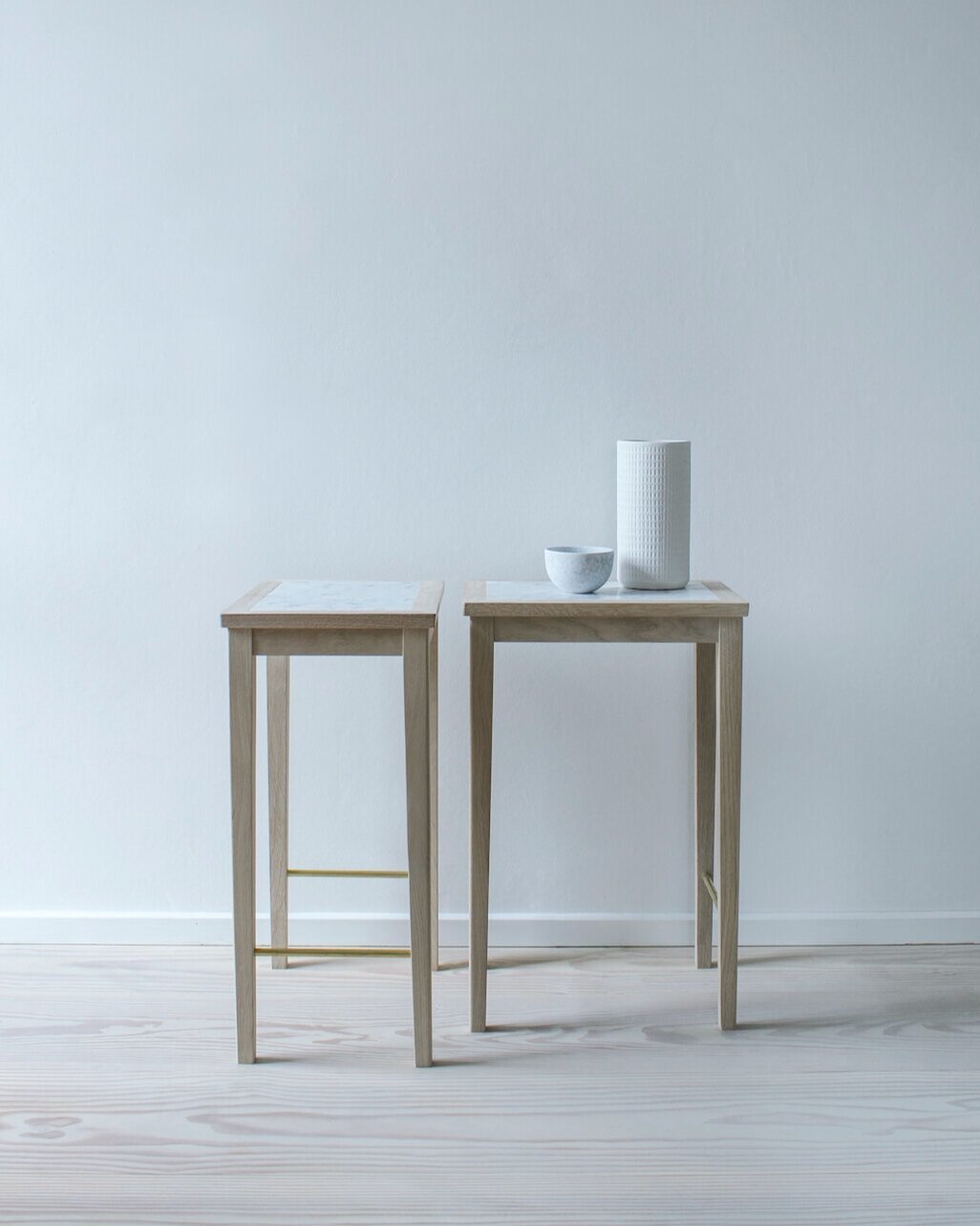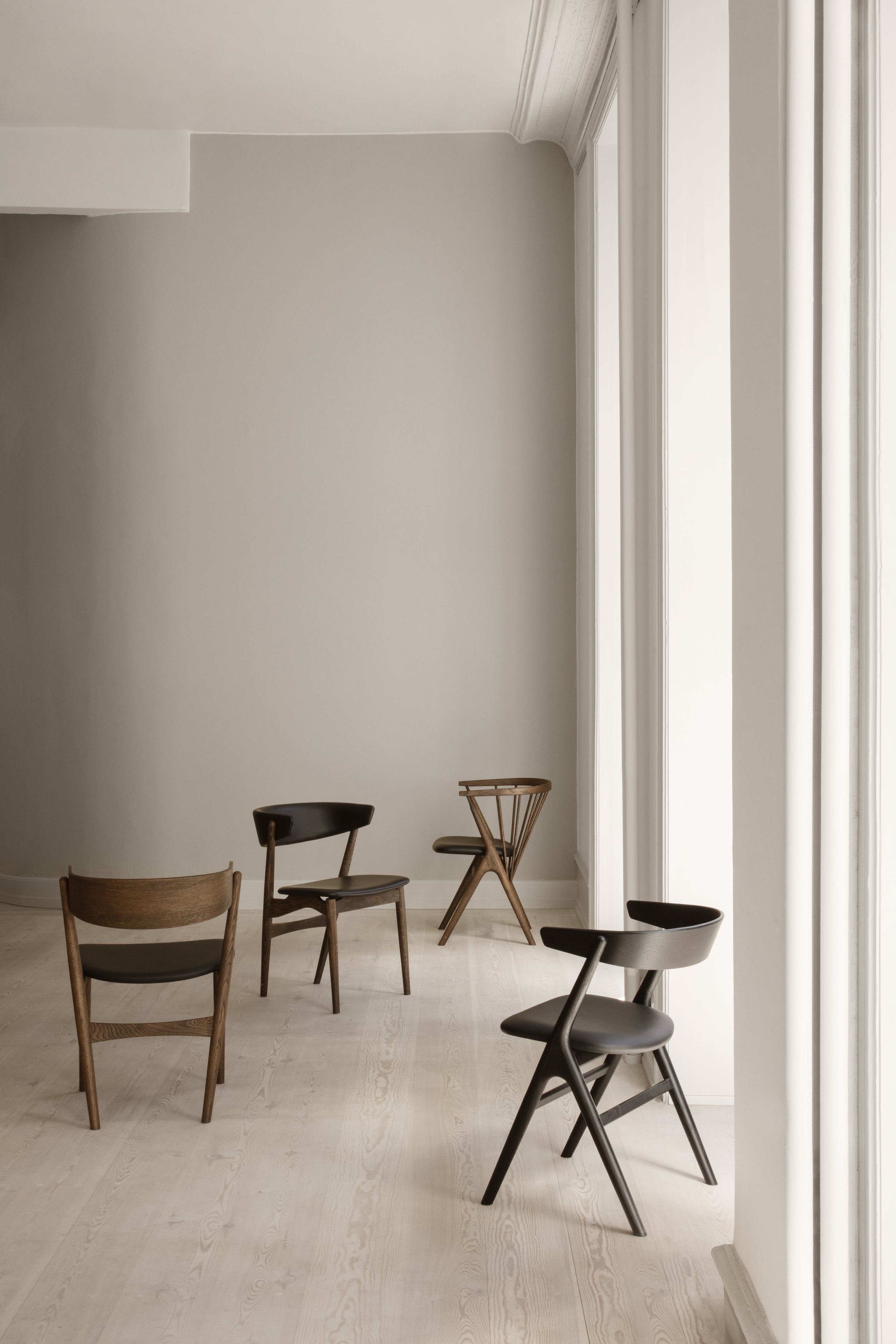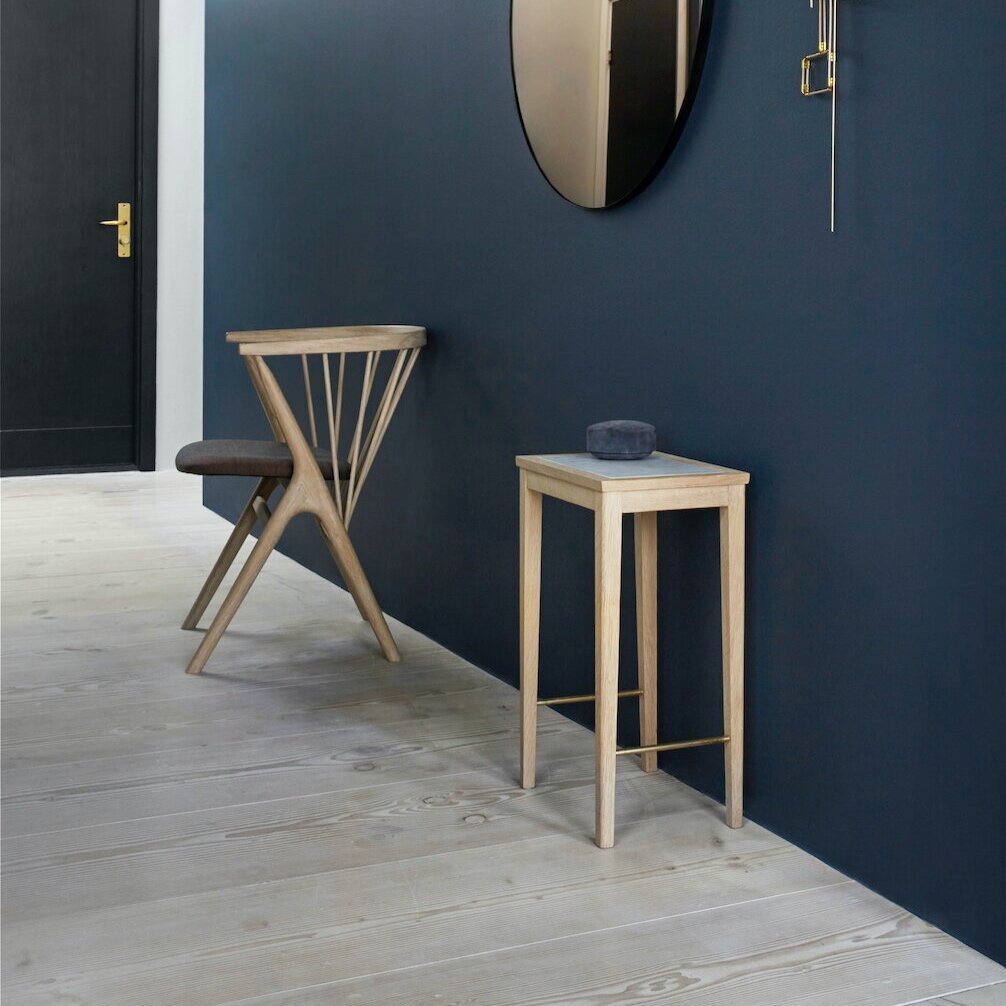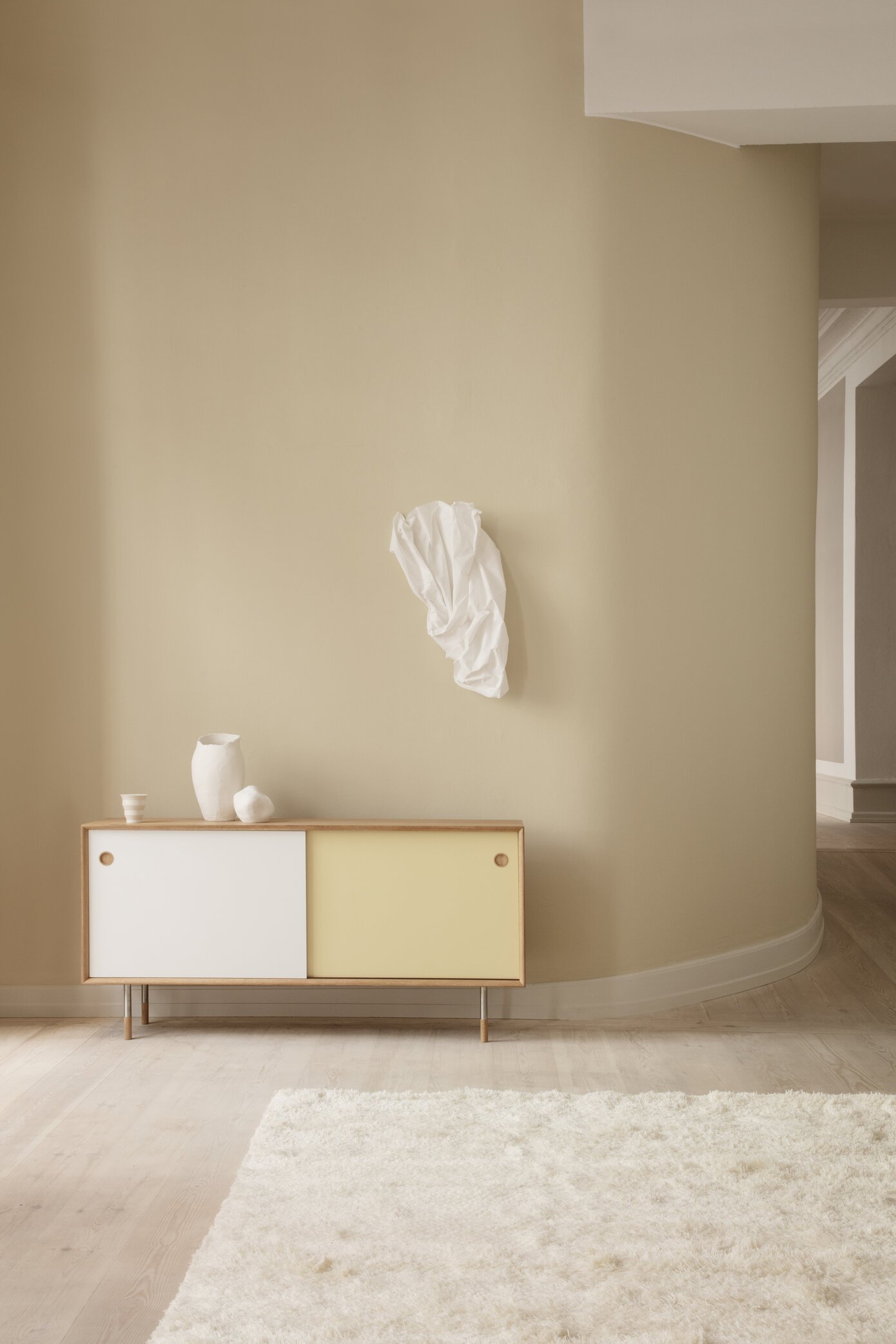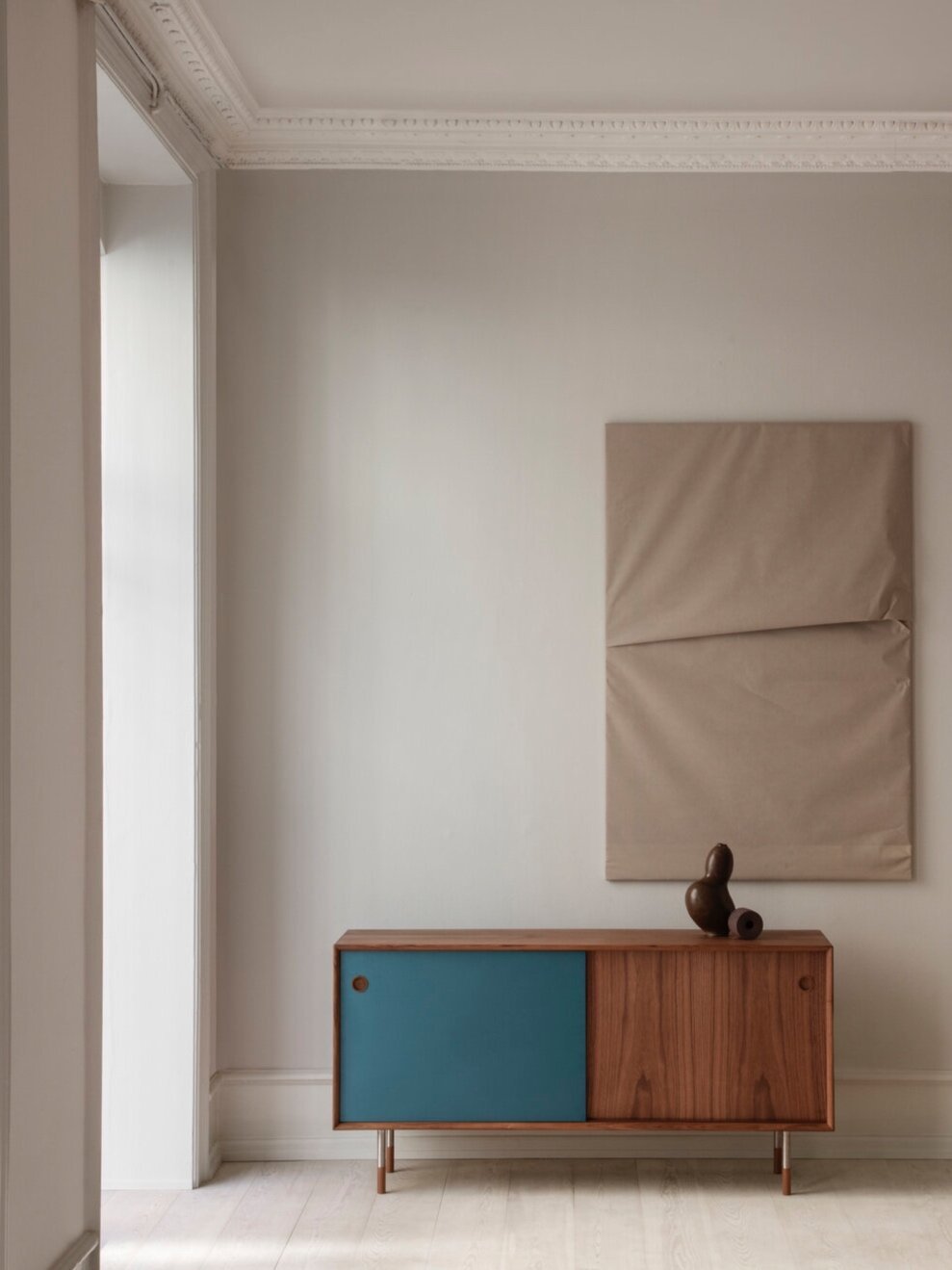Bring Danish Interior Design Home: Hygge Style Made Easy
If you are struggling to find a fresh perspective for your home furniture, you might find that Danish interior design offers the clarity and functionality that has been missing.
Danish interior design is characterized by simplicity, functionality, and clean lines. This style prioritizes practicality and a minimalist aesthetic, often featuring natural materials and a neutral color palette.
Originating in the mid-20th century, Danish design became famous for its innovative use of shape and form. It's part of the larger Scandinavian design movement that emphasizes a clutter-free, harmonious living space. Furniture pieces are designed to be practical yet aesthetically pleasing, ensuring they serve a purpose without overwhelming the space. This approach extends to textiles, often understated, favoring natural fibers and neutral colors. Danish design champions a less-is-more philosophy, where every item is chosen with care to enhance the living environment. This makes it ideal for those who appreciate elegance and understated style in their surroundings.
Danish design is a specific style within the broader category of Scandinavian design. Both styles prioritize minimalism, functionality, and the use of natural materials. However, Danish design often features more playful, experimental shapes and a focus on craftsmanship. It might include bolder colors and unique forms that stand out. Scandinavian design, in general, tends to adhere to a stricter minimalism, favoring a more subdued color palette and streamlined shapes that blend seamlessly into any space. Both styles aim to create functional, beautiful spaces, but Danish design allows for a bit more individual expression within the minimalist framework. Mastering Danish interior design starts with embracing simplicity and functionality. This style is all about creating a sense of calm and order through well-chosen and thoughtfully arranged pieces.
Choose Natural Materials and Neutral Colors
Incorporate natural materials like wood, leather, and stone to capture the essence of Danish design. These materials not only add warmth and texture to your interiors but also ensure longevity and sustainability.
Stick to a palette of neutral colors—whites, grays, blacks, and browns—which can help create a tranquil and inviting atmosphere. These tones work seamlessly together and serve as a perfect backdrop for highlighting key furniture pieces and decor.
Focus on Quality Over Quantity
Danish design values quality craftsmanship and timelessness over fleeting trends. Invest in high-quality furniture that can stand the test of time both in terms of style and durability.
Opt for pieces that boast clean lines and refined aesthetics. Such investments promote sustainability as well by minimizing the need for frequent replacements.
Incorporate Hygge for Comfort
While Danish interior design emphasizes minimalism, comfort is never compromised. Hygge (pronounced "hoo-ga"), the Danish concept of comfort and coziness, plays an integral role in designing your space.
Incorporate elements like soft lighting, comfortable textiles, and personal memorabilia to make your space feel warm and welcoming. This doesn’t mean overcrowding; instead, choose a few well-loved items that enhance the coziness of the environment without cluttering it.
Let in Light
Maximizing natural light is key in Danish interior design. It not only enhances the sense of space but also elevates your mood. Keep window treatments minimal to allow as much light in as possible.
If privacy is a concern, opt for light, sheer fabrics that don’t block the sun. In darker rooms, consider multiple light sources to maintain brightness without relying on harsh overhead lights.
Gestalt new York’s collection of brands represent the pinnacle of minimalistic design and superior craftsmanship, appealing to those who appreciate refined aesthetics and enduring quality. Here are some highlights:
The AV Egoist Chaise Lounge
Designed by Arne Vodder, a luminary in Danish architecture, the AV Egoist chaise lounge is a prime example of luxurious functionality. It showcases the Danish flair for blending practical design with aesthetic pleasure, making it a focal point in any setting.
The Cocoon Dining Chair by Kevin Hviid and Martin Kechayas
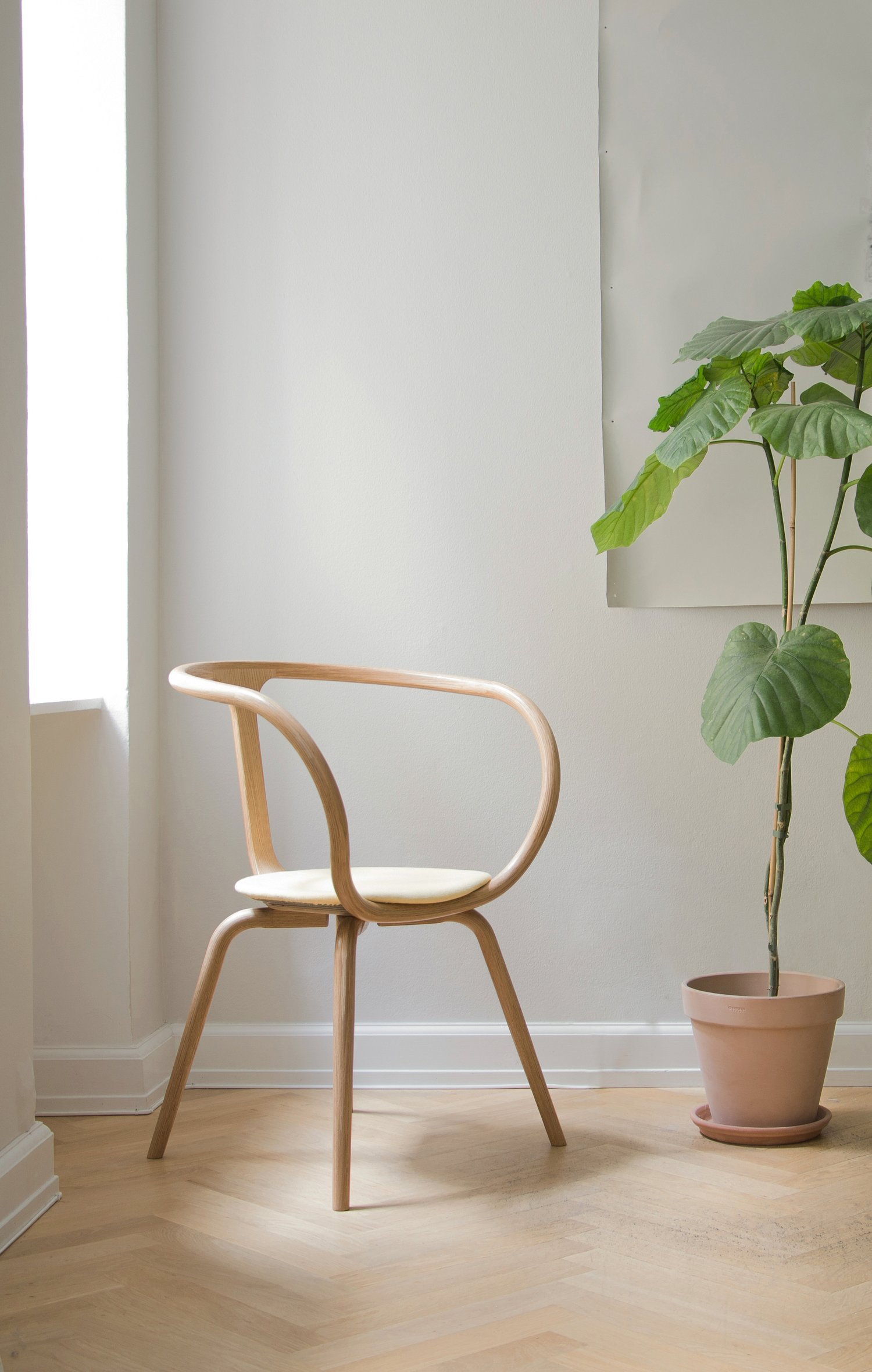
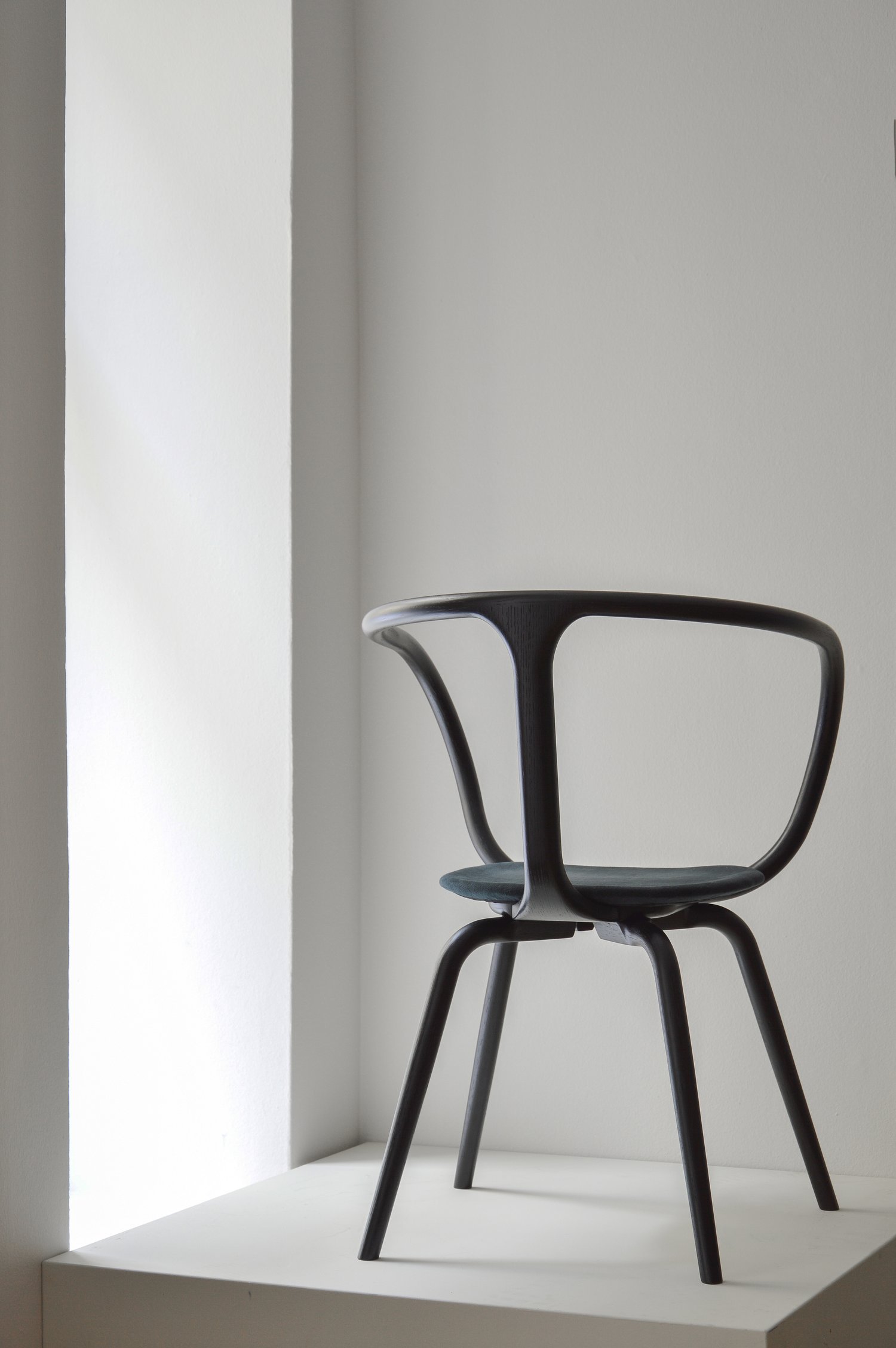
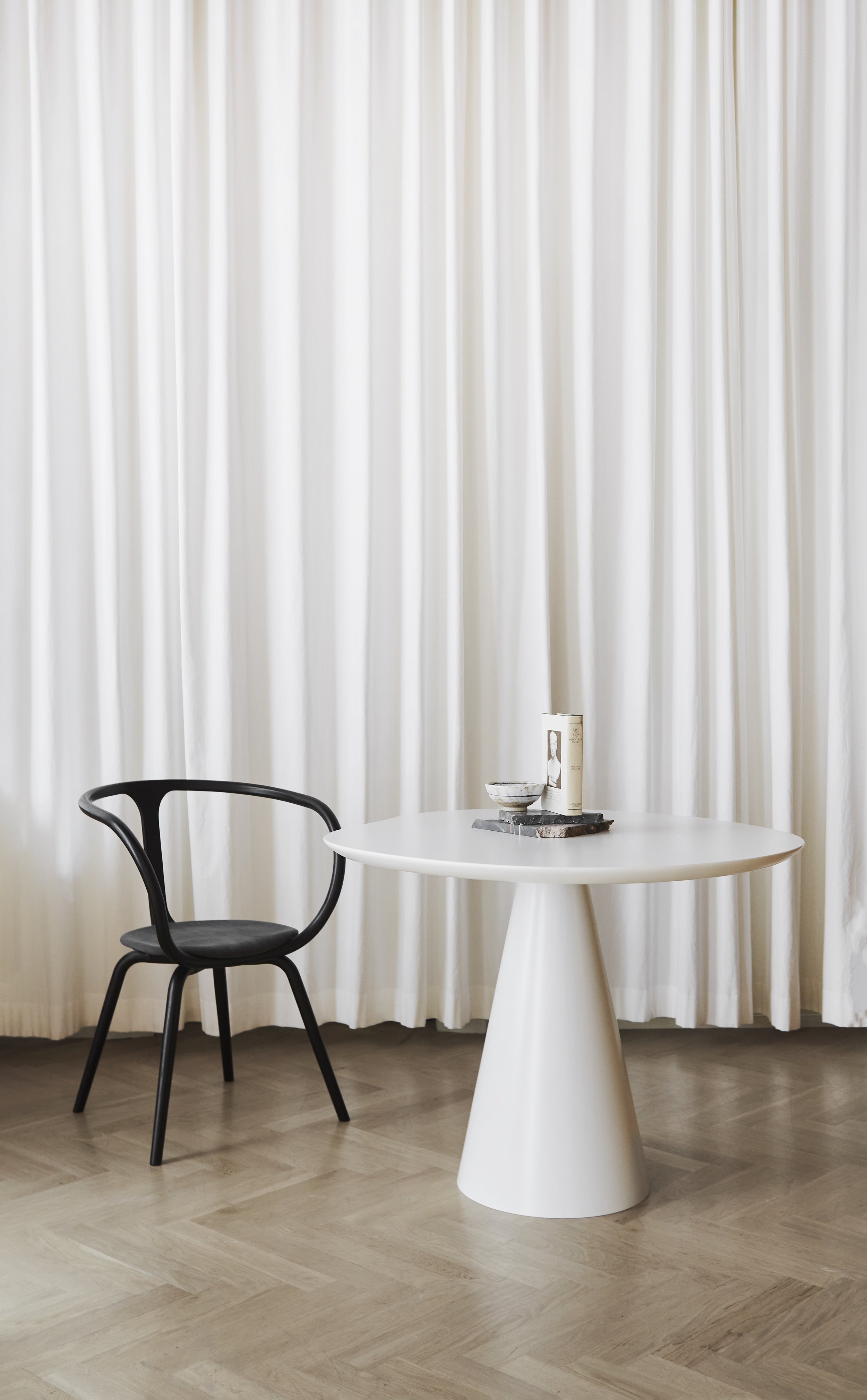
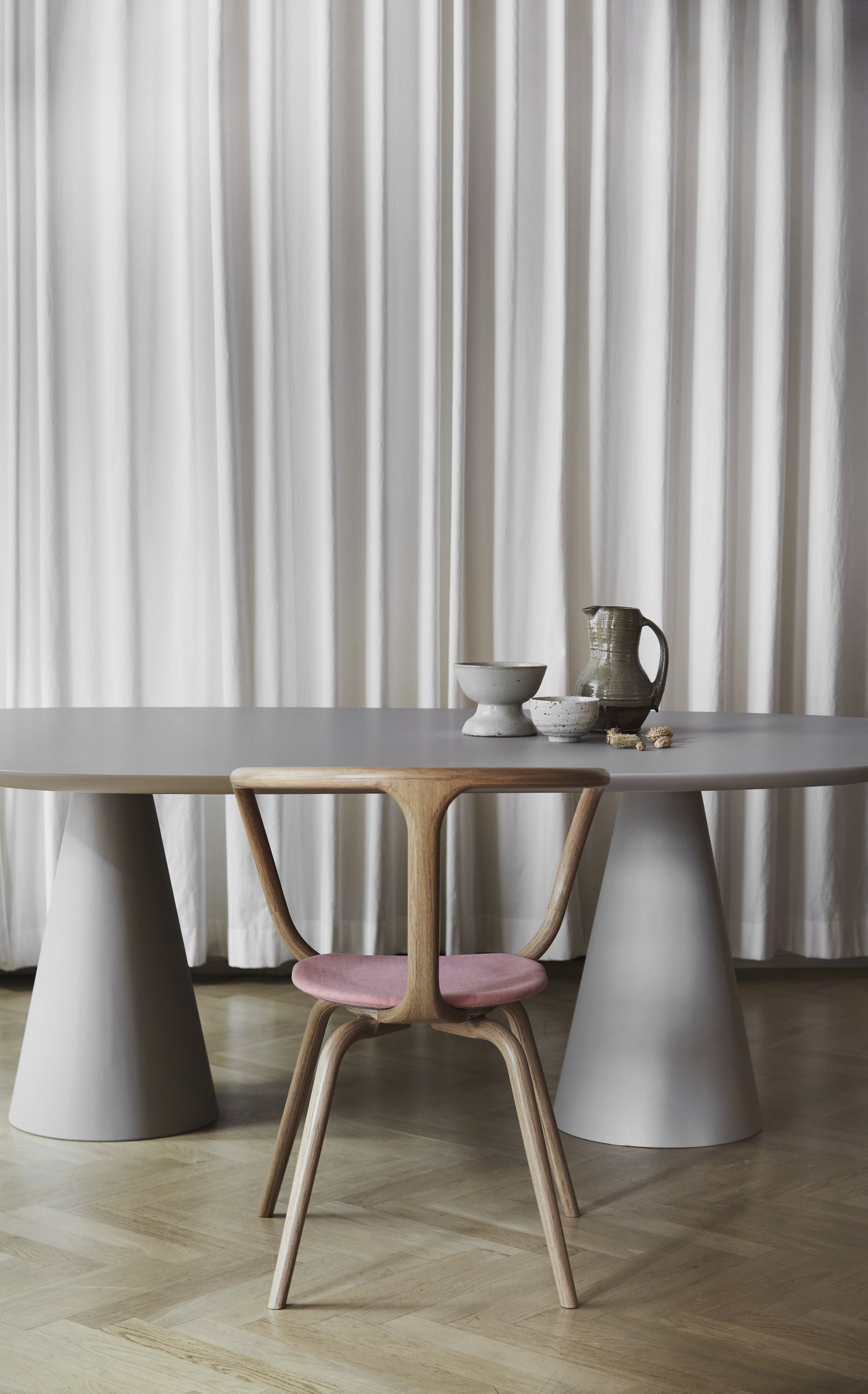
A standout example of Danish design philosophy, the Cocoon Dining Chair combines a graceful bentwood frame with a plush upholstered seat. Its design is inspired by the organic modernism prevalent in the 1960s, making it a perfect blend of comfort and visual appeal, tailored to complement any modern dining area.
The Sibast No 8 Chair
Crafted by Helge Sibast, this No 8 chair is a fine representation of Danish ingenuity with its iconic Y-shaped legs and floating seat. The design is a nod to traditional Danish values of simplicity and functionality, ensuring that each chair is not just a seat but a piece of art that enhances any room it occupies.
The Sibast No 7 Upholstered Chair
Another creation by Helge Sibast, this No 7 upholstered chair underscores the Danish penchant for marrying bold aesthetic decisions with functional comfort. It features a solid frame and a fully upholstered back and seat, providing a stylish yet comfortable seating option suitable for various interior settings.
The Sibast No 1 Table
Reflecting the functional artistry of Danish design, this No 1 table, initially designed by Helge Sibast as a personal gift, features a solid oak base supported by elegant brass rods, offering top choices in marble or glass. Its versatile design complements both contemporary and traditional decors, making it a timeless addition to any home.
The Sibast No 11 Sideboard by Arne Vodder
The Sibast No 11 sideboard brings to life the golden era of Danish design with its streamlined silhouette and practical elegance. The reversible doors and multiple finish options allow it to adapt to and enhance the aesthetic of any space, embodying the Danish principle of design where form follows function.
The Hanger by KLASSIK STUDIO
The Hanger is a testament to Danish functionalism, designed by Adam Hoff & Poul Østergaard. Its minimalist yet functional design makes it not just a utility item but a statement piece, embodying the Danish approach to everyday elegance.
Each piece at Gestalt New York is more than just furniture; it's a blend of tradition, innovation, and artistry. Dive into a world where each item tells a story of Danish heritage, crafted to fill spaces and create atmospheres.


